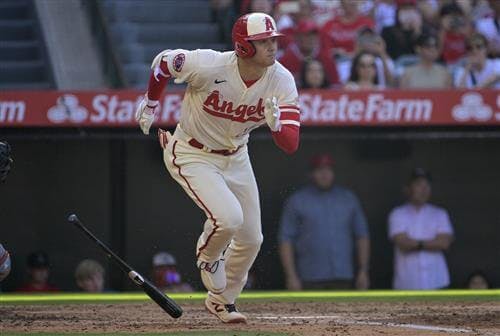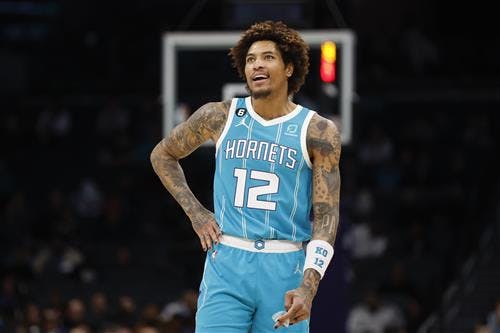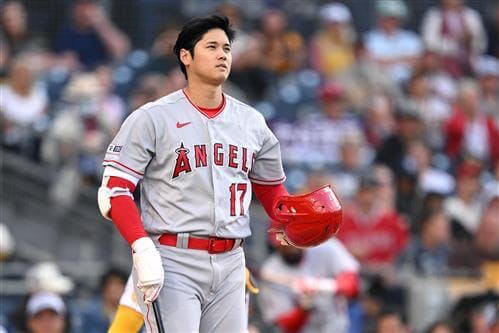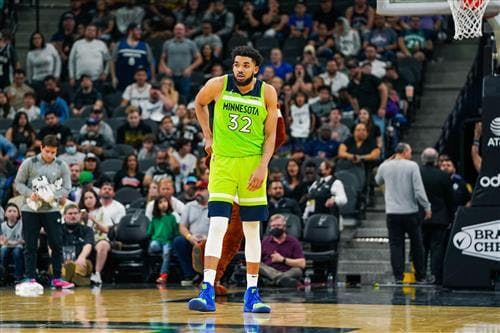Most transfers fail.
As Liverpool's former director of research Ian Graham put it, there are six ways a deal can go wrong: player isn't as good as you thought, player doesn't fit, player plays out of position, player isn't liked by manager, player gets hurt, player isn't as good as other players already on the team.
In Graham's elegant explanation, even if a club is 90% sure across all six potential hurdles for a given deal, the deal (0.9, to the sixth power) only has a 53% chance of working out. When you consider that most teams aren't putting that level of thought into their moves -- and certainly aren't approaching that level of quantified certainty across those deliberations -- then it's no wonder that most transfers fail to move the needle.
Just take this past summer. There were 15 moves for transfer fees of at least €50 million, and those 15 players have played 57% of the available domestic minutes so far this season. These moves averaged out to about 12% of the acquiring team's annual revenue. So, they're coughing up more than 10% of their revenue just on the fees required to break a player's contract with his previous club. This isn't including the salaries they're then paying the players. And all they've gotten so far are guys who are on the field barely more than half of the time.
So, let's take a look back at each of these 15 moves. What did we know about them last summer, and what have we learned in the past 10 months? We're going to grade each move based on what we knew at the time, and update it based on any new information from the 30-plus games we've seen this season.
Antony: €95m from Ajax to Manchester United
- Age: 22
- Percent of minutes played: 52.3
- Fee as percentage of annual club revenue: 13.8
This fee is right in range for what clubs tend to pay for an established young player with the potential to become a star. Not the fee itself -- that would be the 14th-most-expensive deal in the history of the sport -- but when you control for club revenue, it doesn't look quite as bad.
As revenues continue to rise year after year, top clubs tend to pay between 10% and 15% of their annual revenue for top prospects. Yes, the Antony transfer cost United more than, say, Zinedine Zidane cost Real Madrid (€76m) in 2001, but the Zidane fee represented more than half of Madrid's annual revenue that season.
Now, it's true that clubs aren't necessarily thinking in these terms -- and they're certainly not accounting for the moves in these terms, as their bookkeepers divvy up the transfer fee across the length of the player's contacts -- but this is a more useful way of looking at the fees than just staring at the massive, decontextualized numbers. That said, there wasn't a lot to like about this deal from the outside.
We should always be skeptical of a manager signing a former player. What are the chances Erik ten Hag just happened to be coaching the best player in the world for the role United needed to fill?









